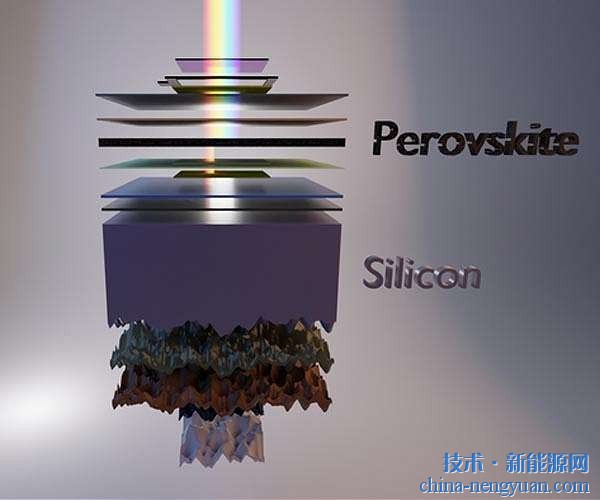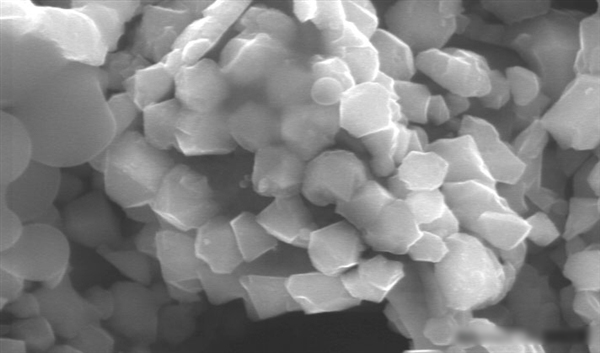 |
Liquid metal "ultra-low temperature" extracted silicon

Electron micrographs of pure silicon crystals extracted from liquid metals
The foundation of modern semiconductor technology is silicon, which is extracted from sand through an extremely complex process that is expensive and environmentally polluting.
Stephen Maldonado, professor of chemistry and applied physics at the University of Michigan, pointed out: “The crystalline silicon in modern electronics is produced through a series of energy-intensive chemical reactions at temperatures above 2000 degrees Fahrenheit (above 1350 degrees Celsius). , also produced a lot of carbon dioxide."
Now, Professor Maldonado and his two students have discovered a new method that can extract crystalline silicon at a low temperature of 180 degrees Fahrenheit (82 degrees Celsius), which is equivalent to the internal temperature of the turkey when baked.
Their principle of this method is also very common, and can be found in every kitchen: When sugar is over-saturated in water, it will spontaneously form crystals, which is what we commonly call rock sugar.
Professor Maldonado said: "We are not using water but liquid metal. We do not use sugar but silicon."
They first produced a solution containing silicon tetrachloride, and then let the electrode be a liquid. The electrons in the metal then transform the silicon tetrachloride into pure silicon and separate it from the liquid metal.
Professor Maldonado said: "Liquid metals are the key to our process. Many solid-state technologies can also provide electrons to convert silicon tetrachloride to silicon, but only helium such metals can complete the crystallization of silicon in the liquid state without the need for Extra heat."
However, the crystalline silicon obtained by this method is now extremely small, only 0.5 microns in diameter (one thousandth of a millimeter), but researchers hope to continue to improve the technology, including the use of other low-melting alloys, in order to obtain greater crystallization Silicon, improve practical value.
If this method proves feasible, the future will be very bright, especially in the solar energy industry. Crystalline silicon is required for most solar energy feedstocks, but the cost is very high, forcing researchers to try to find other alternatives.
Professor Maldonado admitted: “It is too early to predict how much it can reduce the cost of silicon, but it has the potential to be a flexible, cheap, and environmentally friendly process. Our ultimate dream is to change the sand in only one step. Crystalline silicon. This is not impossible."
The University of Michigan is applying for patent protection for this new technology and seeks business partners to help them bring it to market. Maybe one day, CPU processors can do this too.
Emergency Lighting System,Emergency Lights For Home Power Failure,Rechargeable Emergency Light,Led Emergency Lights
Foshan Nai An Lighting Electric Co.,ltd , https://www.emballast.com